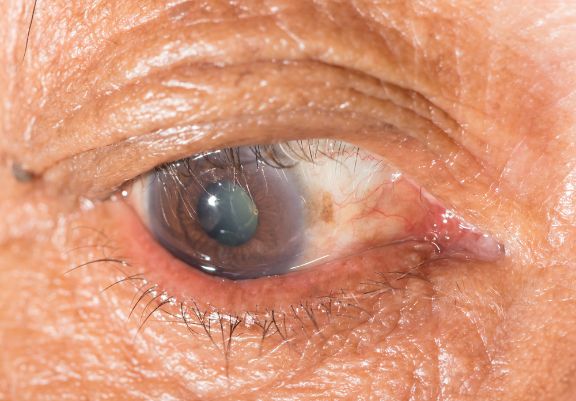Trachoma is a highly contagious eye infection that can cause blindness. The symptoms of trachoma include irritation of the eyes, light sensitivity, itching, discharge, and puffy eyelids. If left untreated, trachoma can lead to scarring and corneal opacity, which can lead to blindness.
Typically, trachoma starts in childhood, though a person’s risk factors increase as they get older. Children under the age of five are especially at risk of contracting the infection. Acute trachoma is caused by Chlamydia trachomatis, and is typically accompanied by watery purulent discharge from the eyes. Other symptoms include swelling of the eyelids and pain. There are two primary stages of trachoma, which are acute and chronic. Each stage requires treatment, and there is no vaccine against the disease.
Early treatments may eliminate the infection, but trachoma can come back later. Scarring is a natural response to inflammation, and repeated infections can cause more scarring. In addition, trichiasis, or corneal ulcers, can result if the infection progresses. Surgical treatment can help reduce the scarring associated with trachoma.
Acute trachoma is a mild form of the disease that affects only one eye. It is also the most common type of trachoma and is found most frequently in young children. Another form of trachoma, chronic trachoma, is more serious and may cause blindness between 30 and 40 years of age. This type of trachoma can occur in adults as well.
Trachoma is a bacterial eye infection that can develop in both the upper and lower lids. It is contagious and spreads by direct contact with the infected person or with the discharge from their eyes. Flies can spread the infection, and poor sanitation can increase the spread of trachoma.

When trachoma is detected early, it can be treated with antibiotics. Antibiotics such as tetracycline ointment and azithromycin are effective at treating the infection. But if the infection becomes chronic, it may require antibiotics and surgery. For people with chronic trachoma, it is important to maintain good eye health and hygiene, so that the infection doesn’t reoccur.
Trachoma is a common disease in impoverished and poor communities. People in these areas have poor sanitation and lack access to clean water. However, these areas can be protected from trachoma through environmental improvements, such as access to clean water and improved sanitation.
To prevent trachoma, it is important to wash your hands thoroughly. You should also avoid sharing items that may have been contaminated with the bacteria, and keep your face clean. Use anti-inflammatory agents and other medications to prevent scarring.
Symptoms of trachoma can range from mild itchiness to painful inward turning of the eyelids. It can also cause a thick line on the eyelids and a cloudy cornea. If the cornea is so cloudy that vision is impaired, it can be replaced with a corneal transplant.
Trachoma can be prevented by practicing proper hand hygiene, washing your hands thoroughly, and eating a healthy diet. These practices can help you build a strong immunity to the bacteria that causes the infection.









